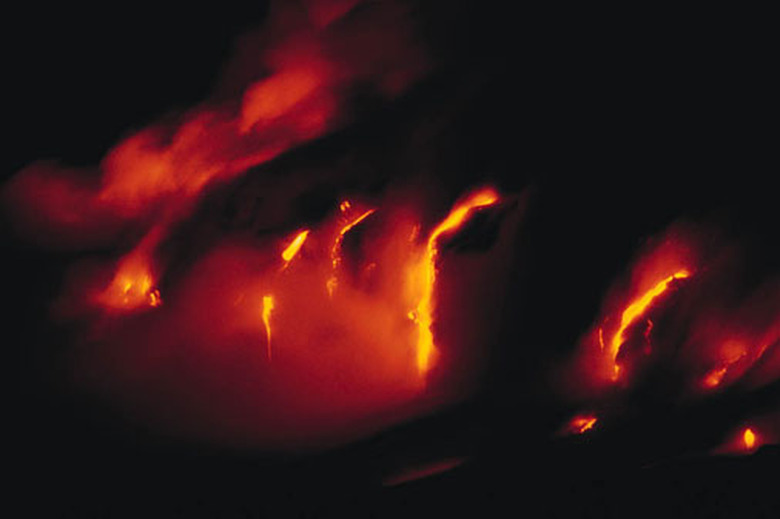Animal Adaptations Around Volcanoes
Volcanoes are considered one of the most destructive natural disasters of Earth. These formations are opened mountains filled with lava and hot gases under the earth's surface. After reaching a certain pressure, volcanic eruptions occur that have dangerous outcomes causing tsunami, earthquakes and mudflows. Everything that crosses a lava stream is demolished. Life around such volcanoes is barely possible.
Life Around Volcanoes
Life Around Volcanoes
Living near an active volcano can be hazardous, yet favorable. Some volcanic products are vital and the soil is rich. It attracts life. When a volcano erupts, the gas and the lava rupture any form of life to ashes. But when the lava cools, the lush soil left behind lets various species of plants grow. This vegetation attracts animals. Rain helps the eruption cool off. Within a span of three years, plants and animals can be found resettling in the area again.
Land Animals
Land Animals
Animals naturally sense disasters much before humans. This internal warning allows them to sense tremors and pressure in the earth's surface even before volcanic outbreaks activate. Therefore, many animals are able to escape from an area before the eruption occurs. However, those who don't escape are killed by the volcanic lava. The volcanic soil that encourages plant growth and herbivore animals also ultimately attracts carnivorous predators.
Marine Life
Marine Life
In "Volcanoes Around the World," Jen Green states that as soon as the eruptions cease, plants and animals begin to establish again. To study the effect of an underwater volcano on marine life, scientists are paying close attention to the volcano in Guam, which has been very active and has shown a dramatic increase in size since it was discovered in 2004. The marine life near this volcano includes varieties of fish, shrimp, crabs and limpets uncommon from the normal marine life. These species thrive in warm water that also has strong chemicals. Two new species of shrimps, known as the harvester (gazing on the bacterial rocks) and hunter shrimp (predator with claws), which are not found in marine life have been discovered thriving in the area.
Concerns
Concerns
In "Principles of Animal Physiology," Christopher D. Moyes states that many anatomical adaptations allow animals to survive at high sulfide concentration areas. After volcanic activity, these changes are necessary for the survival of their species. Although toxic gases emitted from these volcanoes damage the life forms surrounding it and pollute the land and water, millions of people reside near volcanoes and wildlife still flourishes. Biodiversity exists even around an active or dormant volcano.
References
- "Volcanoes Around the World'; Jen Green; 2009
- "Volcanic Hazards in Central America"; William Ingersoll Rose; 2006
- "Principles of Animal Physiology"; Christopher D. Moyes and Patricia M. Schulte; 2007
Cite This Article
MLA
AlanaG, . "Animal Adaptations Around Volcanoes" sciencing.com, https://www.sciencing.com/animal-adaptations-around-volcanoes-13428955/. 22 November 2019.
APA
AlanaG, . (2019, November 22). Animal Adaptations Around Volcanoes. sciencing.com. Retrieved from https://www.sciencing.com/animal-adaptations-around-volcanoes-13428955/
Chicago
AlanaG, . Animal Adaptations Around Volcanoes last modified March 24, 2022. https://www.sciencing.com/animal-adaptations-around-volcanoes-13428955/
